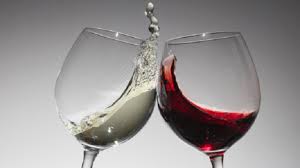How does our modern lifestyle affect posture?
Posture in medical terms, is the position in which you hold your body upright against gravity while standing, sitting or laying down. Derived from Latin positura or posit meaning ‘position’ or ‘placed’. In today’s world, we have to sit for lengthy periods of time; in traffic, at school desks, at a computer or lap top, using iPads or Smart Phones, … Read more



